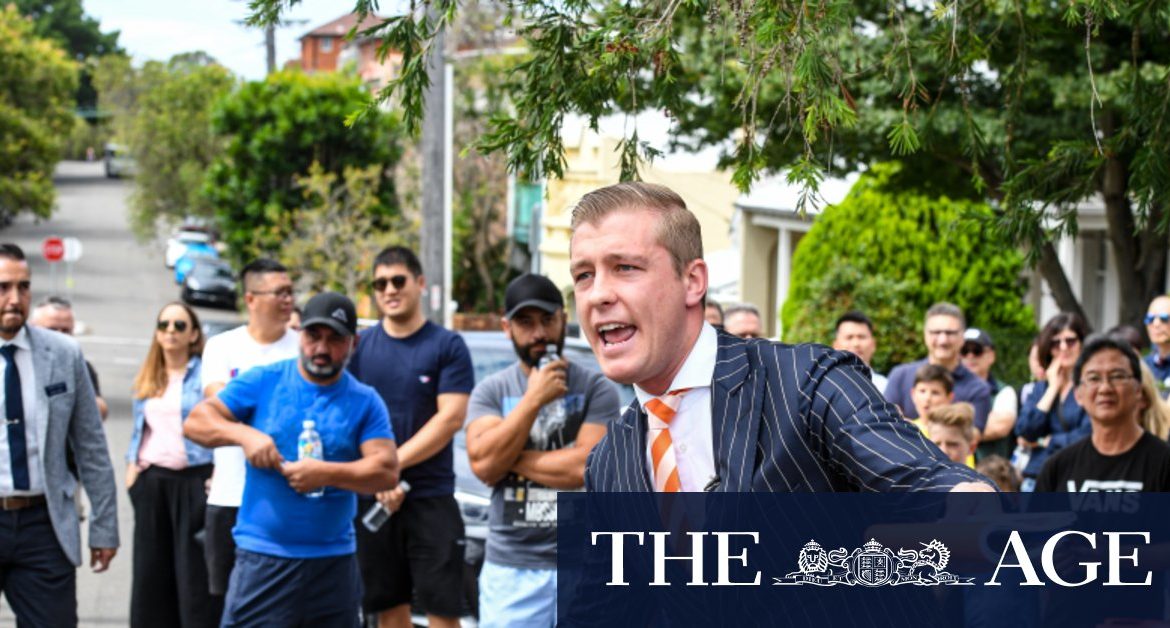The Reserve Bank cut the cash rate to 0.1 per cent last year as it tried to stimulate the economy after the coronavirus shock, when unemployment soared and consumer confidence plummeted. Economists say the resulting collapse in interest rates has been one of the biggest drivers of the property market.
The cost of housing is one of our greatest worries in NSW – 29 per cent of us listed it as a top concern in the September IPSOS issues survey, compared with only 16 per cent nationally. In a turbulent year, housing came fourth on our list of worries, behind the economy, unemployment and healthcare.
NSW Treasurer Dominic Perrottet wants to reform stamp duty.Credit:Rhett Wyman
While first-home buyers face the significant hurdle of having to save a hefty deposit to get into the Sydney market – not an easy feat when interest rates are effectively zero and the amount you need to save keeps going up – they are not the only people affected by the frightening rise in Sydney house prices.
Families seeking an extra bedroom, a backyard or a study to make working from home easier are also baulking at the growing gap in dollar terms between the value of their house and the one they would like to own. And the cost of stamp duty goes up with the price tag too.
To his credit, NSW Treasurer Dominic Perrottet is trying to make it easier for such families to move into a property that better suits their needs, pushing a policy that would allow homeowners to pay a yearly fee for stamp duty, rather than a lump sum. This is a welcome move that will likely increase supply as well.
For its part, the federal government has been slow to react to housing affordability concerns. Much debate has centred on negative gearing rules, which allow some property investors to claim their interest repayments as a tax break.
Labor has gone to the last two elections promising to abolish negative gearing for all but new buildings. Opponents to negative gearing claim these rules inflate prices and are unfair on first-home buyers. Advocates say negative gearing encourages investment, and that removing it would make property prices crash.
Labor is now wrestling with the future of its negative gearing policy, with some wanting the party to ditch it while others argue for its retention. This is probably a moot debate, as independent analysis by the Grattan Institute suggests that removing negative gearing on existing properties would likely do little to make housing more affordable.
The fix may lie with the RBA, which meets on Tuesday. Consumer confidence is now back above pre-pandemic levels, and the economy is recovering. This puts pressure on the RBA to think about winding back some of its stimulus policies. And this, in turn, could lead banks to raise their fixed interest rates, which might be the reality check the Sydney housing market needs.







